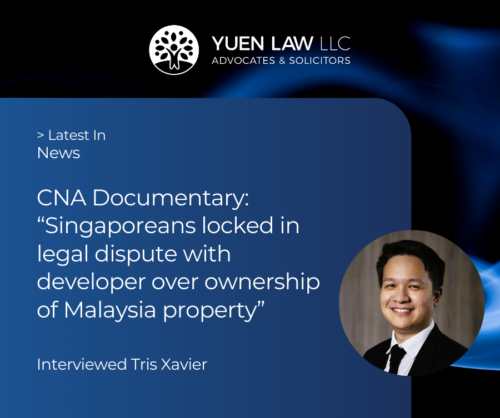Buyer Stamp Duty and Seller Stamp Duty are payable by both Buyer and Seller to the Inland Revenue Authority of Singapore (“IRAS”) for the sale and purchase of a property transaction.
This article explores the different buyer’s and seller’s stamp duty rates for various property types in Singapore. For more information, see our articles on commercial property stamp duty rates and industrial property stamp duty rates.
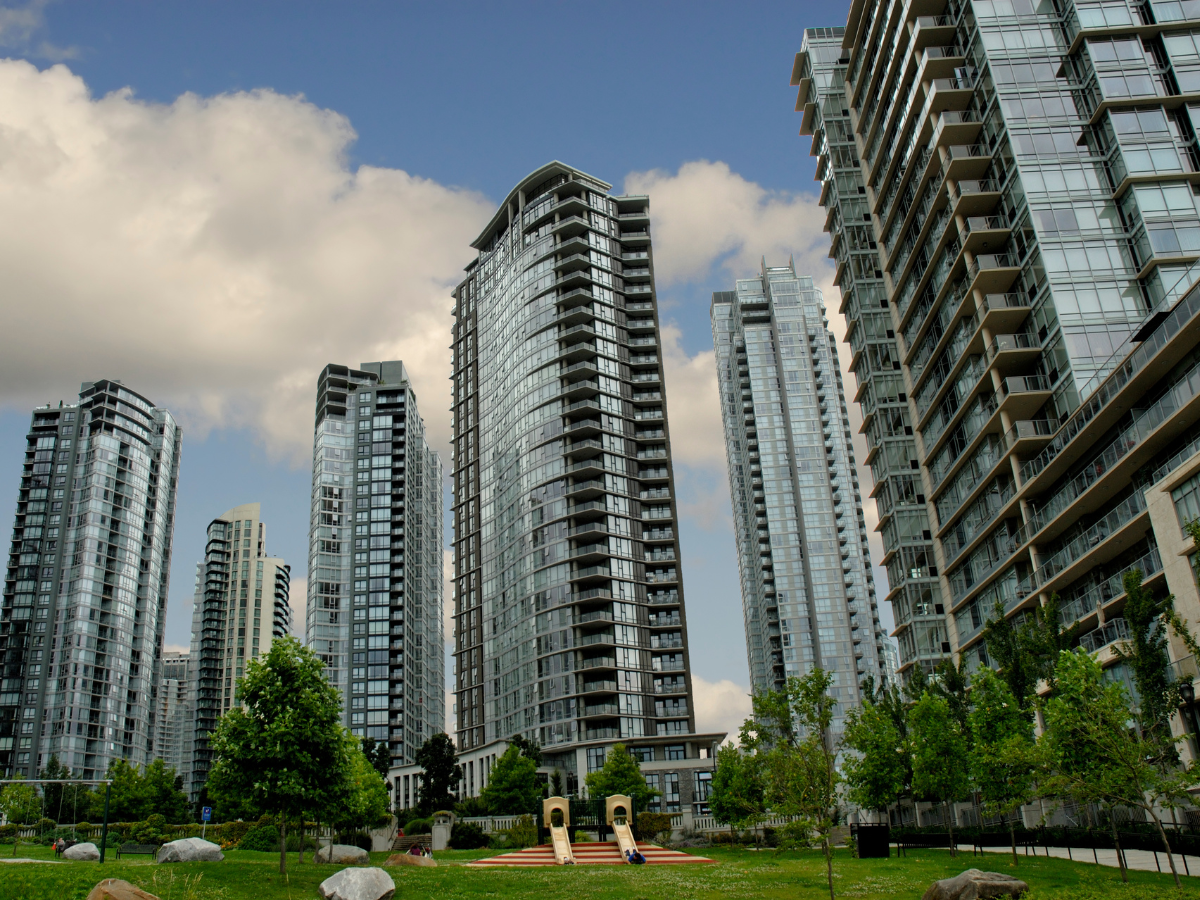
Types of Stamp Duty Payable to IRAS for Property Transactions
There are four main types of stamp duty:
- Buyer Stamp Duty (for all property types); and
- Additional Buyer Stamp Duty (for residential property); and
- Seller Stamp Duty (for residential property); and
- Seller Stamp Duty (for non-residential property).
Stamp Duty Rates
1. Buyer Stamp Duty (“BSD”) for Residential and Non-Residential Properties
BSD is tax payable on all property purchased and applies to all Buyers (whether Singaporean, PR, Foreigner & Entities). BSD is based on purchase price or market value of property, whichever is higher.
During Budget 2023, the Government announced that BSD rates will be raised with effect from 15 February 2023. The changes seek to enhance the progressivity of Singapore’s BSD system, with higher BSD rates for higher-value properties.
In the case of residential properties, a new marginal BSD rate of:
- 5% will apply to the portion of the properly value in excess of $1.5 million and up to $3 million; and
- 6% will apply to the portion of the property value in excess of $3 million.
Meanwhile, for non-residential properties, a new marginal BSD rate of:
- 4% will apply to the portion of the properly value in excess of $1 million and up to $1.5 million; and
- 5% will apply to the portion of the property value in excess of $1.5 million.
How to calculate Buyer’s Stamp Duty:
| Purchase Price or Market Value of the Property | Buyer Stamp Duty Rates for Residential Property | Buyer Stamp Duty Rates for Non-Residential Property |
|---|---|---|
| First $180,000 | 1% | 1% |
| Next $180,000 | 2% | 2% |
| Next $640,000 | 3% | 3% |
| Next $500,000 | 4% | 4% |
| Next $1,500,000 | 5% | 5% |
| Amount exceeding $3,000,000 | 6% | 5% |
Table 1: BSD for all property types
| Purchase Price or Market Value | BSD Rate (Residential Property) |
|---|---|
| First $180,000 | 1% |
| Next $180,000 | 2% |
| Next $640,000 | 3% |
| Next $500,000 | 4% |
| Next $1,500,000 | 5% |
| Amount exceeding $3,000,000 | 6% |
Table 1a: BSD Rates for Residential Property
| Purchase Price or Market Value | BSD Rate (Non-Residential Property) |
|---|---|
| First $180,000 | 1% |
| Next $180,000 | 2% |
| Next $640,000 | 3% |
| Next $500,000 | 4% |
| Next $1,500,000 | 5% |
| Amount exceeding $3,000,000 | 5% |
Table 1b: BSD Rates for Non-Residential Property
2. Additional Buyer’s Stamp Duty (“ABSD”) for Residential Property
ABSD is only payable on purchases of residential property.
Similar to BSD, ABSD is based on the purchase price or market value of property, whichever is higher. Unlike BSD, however, ABSD payable is dependent on the profile of Buyer.
ABSD payable on and after 27 April 2023 is as follows:
| Buyer Profile | 1st Residential Property | 2nd Residential Property | 3rd & Subsequent Residential Property |
|---|---|---|---|
| Singapore Citizens | NIL | 20% | 30% |
| Permanent Residents (PR) | 5% | 30% | 35% |
| Foreigners | 60% | 60% | 60% |
| Entities | 65% | 65% | 65% |
| Trustees (for any transfer into a living trust) | 65% | 65% | 65% |
Table 2a: ABSD for residential property
| Singapore Citizens | |
| 1st Residential Property | NIL |
| 2nd Residential Property | 20% |
| 3rd & Subsequent Residential Property | 30% |
Table 2b(i): ABSD for residential property (Singapore Citizens)
| Permanent Residents (PR) | |
| 1st Residential Property | 5% |
| 2nd Residential Property | 30% |
| 3rd & Subsequent Residential Property | 35% |
Table 2b(ii): ABSD for residential property (Permanent Residents)
| Foreigners | |
| 1st Residential Property | 60% |
| 2nd Residential Property | 60% |
| 3rd & Subsequent Residential Property | 60% |
Table 2b(iii): ABSD for residential property (Foreigners)
| Entities | |
| 1st Residential Property | 65% |
| 2nd Residential Property | 65% |
| 3rd & Subsequent Residential Property | 65% |
Table 2b(iv): ABSD for residential property (Entities)
| Trustees (for any transfer into a living trust) |
|
| 1st Residential Property | 65% |
| 2nd Residential Property | 65% |
| 3rd & Subsequent Residential Property | 65% |
Table 2b(v): ABSD for residential property (Trustees)
Frequently Asked Questions on ABSD Calculation in Special Situations
If property is jointly bought (by joint tenants, tenants-in-common) by Buyers with different profiles, the higher ABSD rate will apply.
If property is mixed use (eg. a HDB shop with living quarters), ABSD is calculated on the Base attributable to the residential component only.
3. Seller’s Stamp Duty (“SSD”) for Residential Properties
SSD applies for properties acquired on or after 20 February 2010, and is a tax on the sale of property under certain circumstances—being the length of time the property before it is sold, or otherwise, transferred. SSD applies to both residential properties and industrial properties (acquired on or after 12 January 2013).
SSD is calculated based on the purchase price or market value of property at the time of sale, whichever is higher, rounded off to the nearest dollar. If someone bought different parts of the property at different times, or is selling only part of it, SSD is calculated separately for each portion, based on how long it was held.
Higher SSD Rates and Longer Holding Period Effective 4 July 2025
On 3 July 2025, the Government announced changes to SSD rates for residential properties. This will take effect for all residential properties purchased on or after 4 July 2025. The new measures are in response to a marked increase in private residential property transactions involving short holding periods. Notably, there has been a significant increase in the sub-sale of units that have not been completed.
These changes do not apply to HDB flats, as an existing Minimum Occupation Period (MOP) of five years already restricts resale within that timeframe.
Key revisions are as follows:
- The SSD holding period is increased from three to four years.
- SSD rates are raised by four percentage points for each holding period tier.
SSD payable on and after 20 February 2010 on residential property, including the latest revised rates effective from 4 July 2025, is outlined below:
| Holding Period | Properties acquired between 14 Jan 2011 to 10 Mar 2017 | Properties acquired between 11 Mar 2017 to 3 Jul 2025 | Properties acquired on and after 4 Jul 2025 |
|---|---|---|---|
| Up to 1 year | 16% | 12% | 16% (new) |
| More than 1 year and up to 2 years | 12% | 8% | 12% (new) |
| More than 2 years and up to 3 years | 8% | 4% | 8% (new) |
| More than 3 years and up to 4 years | 4% | No SSD Payable | 4% (new) |
| More than 4 years | No SSD payable | No SSD Payable | No SSD payable (no change) |
Table 3a: SSD for residential property from 14 Jan 2011 to present.
| Holding Period | Properties acquired between 20 Feb 2010 and 29 Aug 2010 | Properties acquired between 30 Aug 2010 and 31 Jan 2011 |
|---|---|---|
| Up to 1 year | 1% on first $180,000 2% on next $180,000 3% on remainder | 1% on first $180,000 2% on next $180,000 3% on remainder |
| More than 1 year and up to 2 years | No SSD Payable | 0.67% on first $180,000 1.33% on next $180,000 2% on remainder |
| More than 2 years and up to 3 years | No SSD Payable | 0.33% on first $180,000 0.67% on next $180,000 1% on remainder |
| More than 3 years | No SSD Payable | No SSD Payable |
Table 3b: SSD for residential property acquired from 20 Feb 2010 to 31 Jan 2011.
14 Jan 2011 to 10 Mar 2017
Table 3a(i): SSD for residential property acquired between 14 Jan 2011 to 10 Mar 2017.
11 Mar 2017 to 3 Jul 2025
Table 3a(ii): SSD for residential property acquired between 11 Mar 2017 to 3 Jul 2025.
Table 3a(iii): SSD for residential property acquired on and after 4 Jul 2025.
| Properties acquired between 20 Feb 2010 and 29 Aug 2010 |
|
|---|---|
| Holding Period | SSD Rate |
| Up to 1 year |
1% on first $180,000
2% on next $180,000
3% on remainder |
| More than 1 year and up to 2 years | No SSD Payable |
| More than 2 years and up to 3 years | No SSD Payable |
| More than 3 years | No SSD Payable |
| Properties acquired between 20 Feb 2010 and 29 Aug 2010 |
|
|---|---|
| Holding Period | SSD Rate |
| Up to 1 year |
1% on first $180,000
2% on next $180,000
3% on remainder |
| More than 1 year and up to 2 years | No SSD Payable |
| More than 2 years and up to 3 years | No SSD Payable |
| More than 3 years | No SSD Payable |
Frequently Asked Questions on SSD
Am I affected by the new SSD rules?
The revised SSD rates and extended holding period apply only to residential properties purchased on or after 4 July 2025. Under the new rules, the SSD holding period is extended from three to four years before SSD no longer applies.
If you purchased your property between 11 March 2017 and 3 July 2025, the three-year holding period continues to apply.
If you are planning to sell a property, it is important to verify your purchase date to understand which SSD rate applies.
4. SSD for Non-Residential Property
There is no SSD payable for commercial property. SSD is, however, applicable for industrial property. To determine if SSD applies, you have to confirm if your property is classified as commercial or industrial.
SSD for industrial property is based on how long you hold the property and when you sell it. SSD payable will be rounded off to the nearest dollar.
SSD payable on and after 12 January 2013 on industrial property are as follows:
| Holding Period | SSD Rate |
|---|---|
| Up to 1 year | 15% |
| More than 1 year and up to 2 years | 10% |
| More than 2 years and up to 3 years | 5% |
| More than 3 years | No SSD payable |
Table 4: SSD rates for industrial property.
Stamp Duty Calculator
Inland Authority Revenue of Singapore (IRAS) provides a free
For assistance with buyer stamp duty or seller stamp duty, contact us to make an appointment.

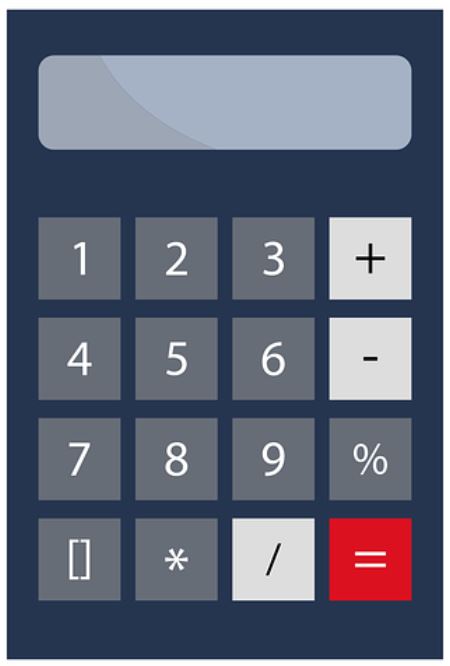
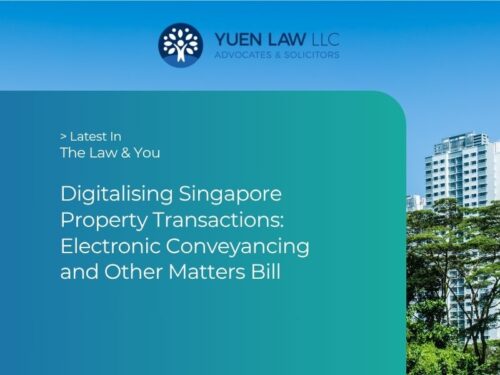
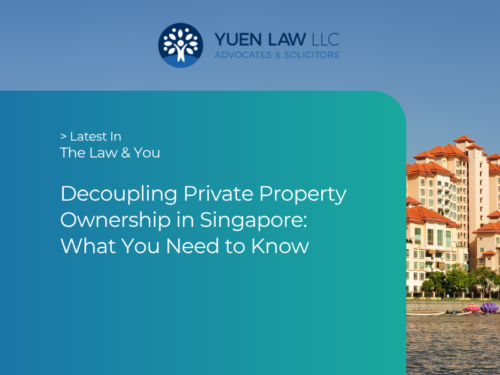
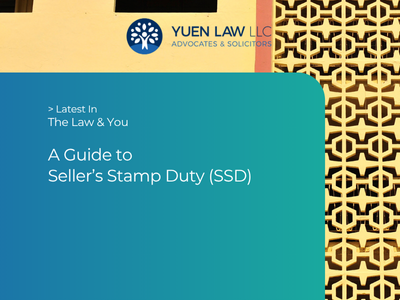
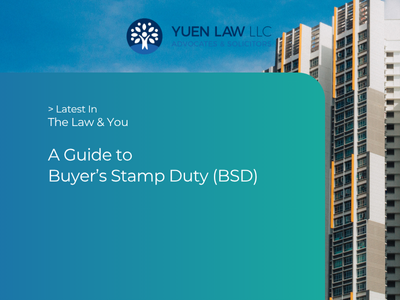
![Yuen Law Acts for Successful Applicant to Order Sale of Co-Owned Property, Sin Chiau Soon v Aitken Robert Bond [2025] SGHC 94 H2](https://yuenlaw.com.sg/wp-content/uploads/2025/06/Yuen-Law-News-Yuen-Law-Acts-for-Successful-Applicant-to-Order-Sale-of-Co-Owned-Property-1-500x375.png)
